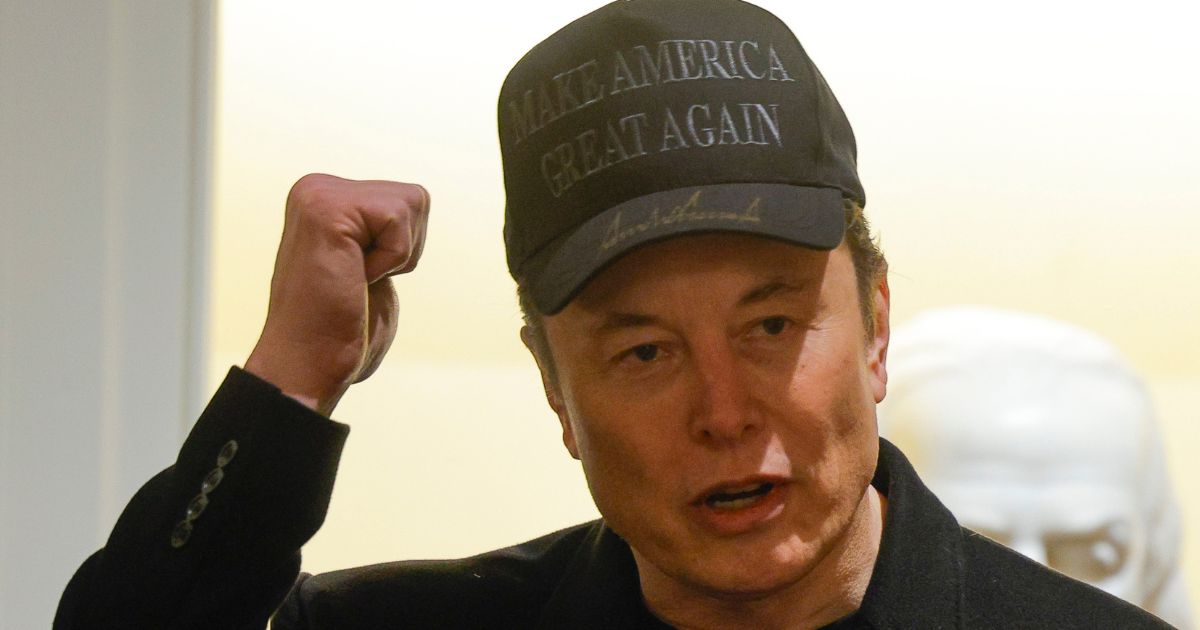Jared Whitley: If We Want to Win the 21st Century Arms Race, We Can’t Afford to Keep Making Mistakes With the F-35
A famous dialogue from the movie Captain America: Winter Soldier states that the cost of freedom is high. This dialogue holds more relevance today than ever before.
The F-35 fighter jets have a price tag of $400 billion, making them the most expensive weapons program globally. Touted as the future “quarterback” of America’s air fleet, the F-35 is a “fifth-generation” fighter jet. It can fly undetected by radar and reach speeds of approximately 1,200 MPH, carrying a nuclear payload too. If functioning correctly, the F-35 fleet could win World War III in about half an hour.
However, the keyword here is “if.” In December 2022, a brand-new F-35B crashed on a Fort Worth runway while its pilot was taking it for a test flight. The Pentagon has cancelled deliveries until it can identify what went wrong. This accident has cast doubt on the reputation of Pratt & Whitney, a subsidiary of Raytheon Technologies.
This is not the first time the F-35 has encountered technical problems. Raytheon’s contribution to the F-35 program has a long history of issues. Last year, Raytheon Technologies Corp missed delivery requirements to its Pratt & Whitney due to struggles with parts and labor shortages. The entire F35 program has design flaws, excessive costs, and undue red tape, according to Citizens Against Government Waste. In 2017, the Pentagon blamed Pratt & Whitney for problems with the F-35, citing unnecessarily high engine prices, amounting to $43 million, and unresponsiveness to cost-cutting initiatives. Budgeted at $400 billion, the F-35 program has a per-unit price tag of approximately $89 million, making it a costly mistake for the government.





Now loading...